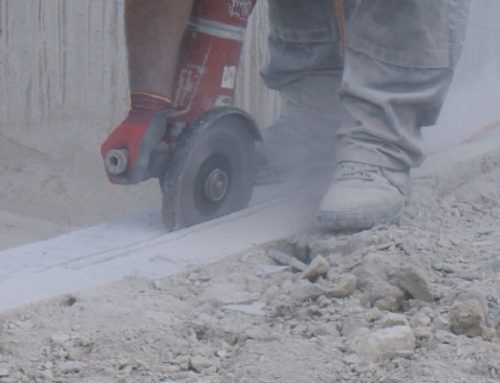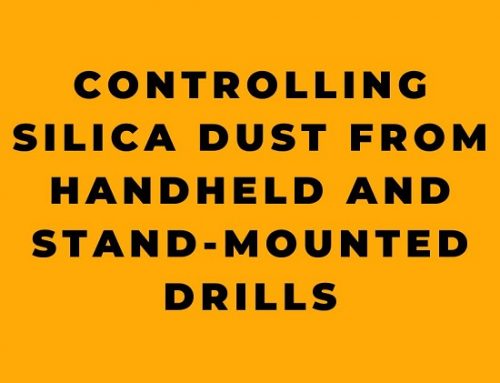Confined spaces can be incredibly dangerous, and it’s crucial for companies to have a plan in place for rescuing workers who become trapped. Here are the steps you need to take during a confined space rescue:
- Assess the situation: Before entering the confined space, it’s essential to assess the situation and gather information about the hazards present. This includes identifying the type of confined space, the potential hazards, and the number of workers trapped. By assessing the situation, the rescue team can develop a plan of action and ensure that they have the necessary equipment and resources to carry out the rescue safely. Additionally, by identifying the hazards present, the rescue team can take appropriate precautions to protect themselves and the workers they are rescuing.
- Notify the proper authorities: Once the situation has been assessed, it’s crucial to notify the proper authorities, including the local fire department and any other relevant rescue teams. Notifying the proper authorities immediately can ensure that the appropriate resources are available to carry out the rescue quickly and safely. Additionally, by notifying the proper authorities, the rescue team can ensure that they have the necessary support and equipment to carry out the rescue. It is also important to notify the company’s emergency response team and any other relevant parties such as OSHA, to ensure compliance with regulations
- Establish communication: Establishing communication with the workers trapped in the confined space is vital. This includes providing them with a means of communicating with rescuers, such as a phone or radio. Communication is key in any rescue situation, and by providing the trapped workers with a means of communication, the rescue team can ensure that they are aware of the workers’ condition and any changes in the situation. Additionally, by having a means of communication in place, the rescue team can provide the workers with instructions and guidance to help them stay calm and follow procedures.
- Send in a trained rescue team: A trained rescue team should be sent into the confined space to assess the situation and provide assistance to the trapped workers. This team should be equipped with the necessary personal protective equipment and rescue equipment. By sending in a trained rescue team, the company can ensure that the rescue is carried out quickly and safely. Additionally, by equipping the team with the necessary personal protective equipment and rescue equipment, the company can ensure that the team is protected and can carry out the rescue effectively.
- Provide medical attention: If necessary, provide medical attention to the trapped workers. This includes administering first aid and stabilizing any injuries before removing them from the confined space. By providing medical attention, the company can ensure that the trapped workers are stabilized and that their injuries are not exacerbated during the rescue. Additionally, by stabilizing any injuries, the company can ensure that the workers are in the best possible condition to be removed from the confined space.
- Remove the workers: Once the workers have been stabilized, they should be removed from the confined space as quickly and safely as possible. This includes using the appropriate rescue equipment and techniques. By removing the workers quickly, the company can ensure that they are out of harm’s way as soon as possible. Additionally, by using the appropriate rescue equipment and techniques, the company can ensure that the workers are removed safely and without further injury.
- Debrief and evaluate: After the rescue, it’s essential to debrief and evaluate the response. This includes identifying any areas for improvement and making changes to the rescue plan as needed. By debriefing and evaluating the response, the company can identify any areas that need improvement, and make changes to the rescue plan to ensure that future rescues are carried out more effectively and safely. Additionally, by evaluating the response, the company can identify any equipment or training needs and make sure that the team is prepared for future rescues.
- Review and update the rescue plan: Regularly reviewing and updating the rescue plan is crucial to ensure that it remains effective and relevant. This includes reviewing the plan with all workers and ensuring that everyone is aware of their roles and responsibilities in the event of a rescue. By reviewing and updating the plan regularly, the company can ensure that it is current with the latest safety regulations and best practices. Additionally, by regularly reviewing the plan, the company can identify any areas that need improvement, and make changes as necessary. This includes assessing the training and equipment needs of the rescue team, and ensuring that they are prepared to handle any emergency that may arise.
OSHA provides guidance and advice on how to conduct a confined space entry rescue on their website. According to OSHA, a confined space rescue plan should be developed before any entry into a confined space is made. The plan should include procedures for summoning rescue and emergency services, as well as for rescuing entrants in the event of an emergency. OSHA also recommends that employers should ensure that their employees are properly trained on confined space entry and rescue procedures, and that they are knowledgeable of the hazards that may be present in the confined space they will be entering. Additionally, OSHA advises that employers should ensure that the appropriate emergency and rescue equipment is readily available and in good working order before allowing employees to enter a confined space. This equipment should include, but not limited to, self-contained breathing apparatus, harnesses, ropes, and communication equipment.
Employers should also establish procedures for summoning rescue and emergency services, including ensuring that emergency services are aware of the location of the confined space and the type of hazard involved, and have the necessary equipment and personnel to perform the rescue. For more detailed information, you can visit the OSHA website and read the OSHA standard for Confined Spaces in Construction (1926.1207) which provides guidelines for the procedures, equipment, and training necessary for safe confined space entry and rescue.
In conclusion, a confined space rescue plan is crucial for any company that operates in a confined space environment. By following these steps, companies can ensure that their workers are rescued quickly and safely in the event of an emergency. Additionally, by regularly reviewing and updating the rescue plan, companies can ensure that it remains effective and relevant, and that their workers are protected.










